Just a perfect idyll. The everlasting romantic dream of Africa.
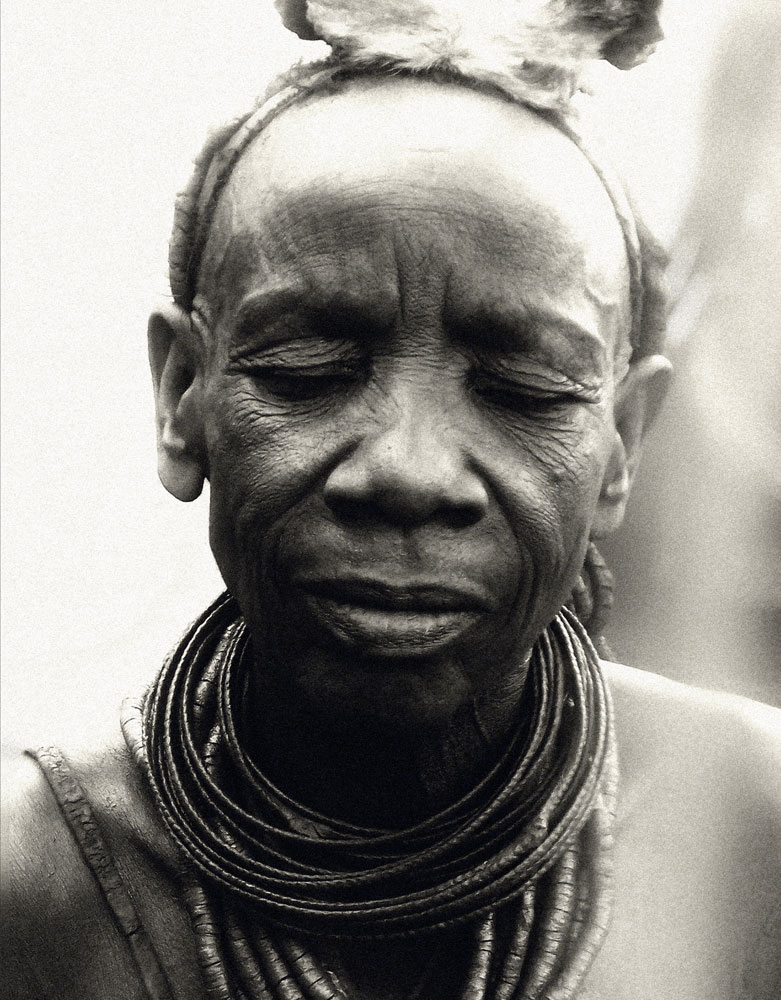
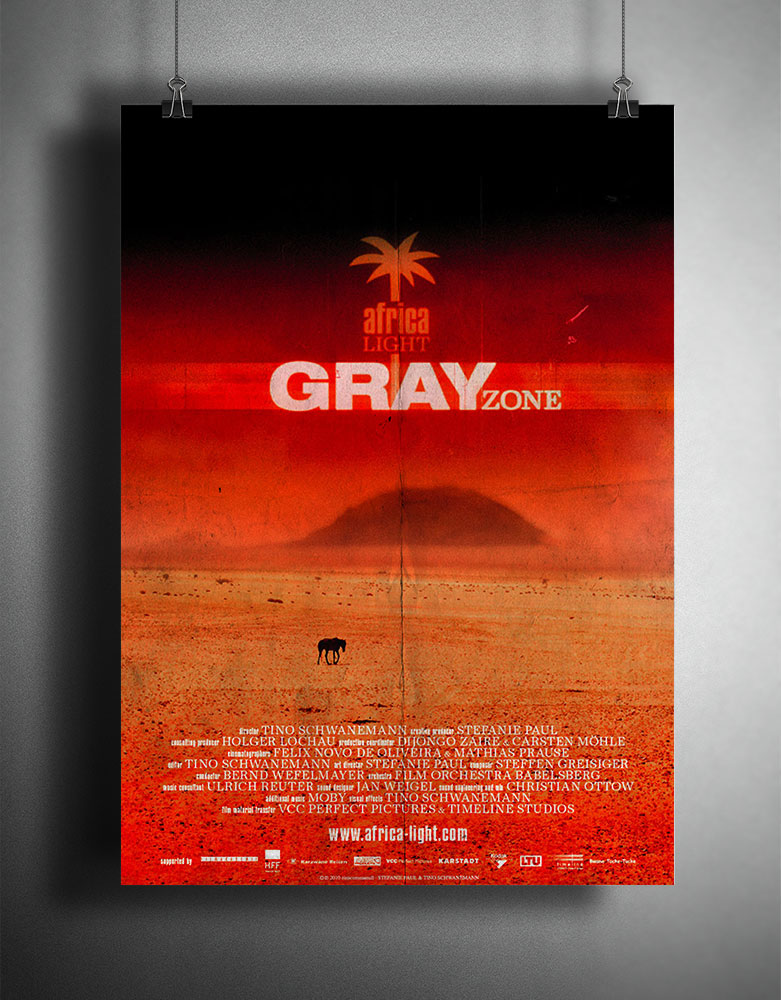
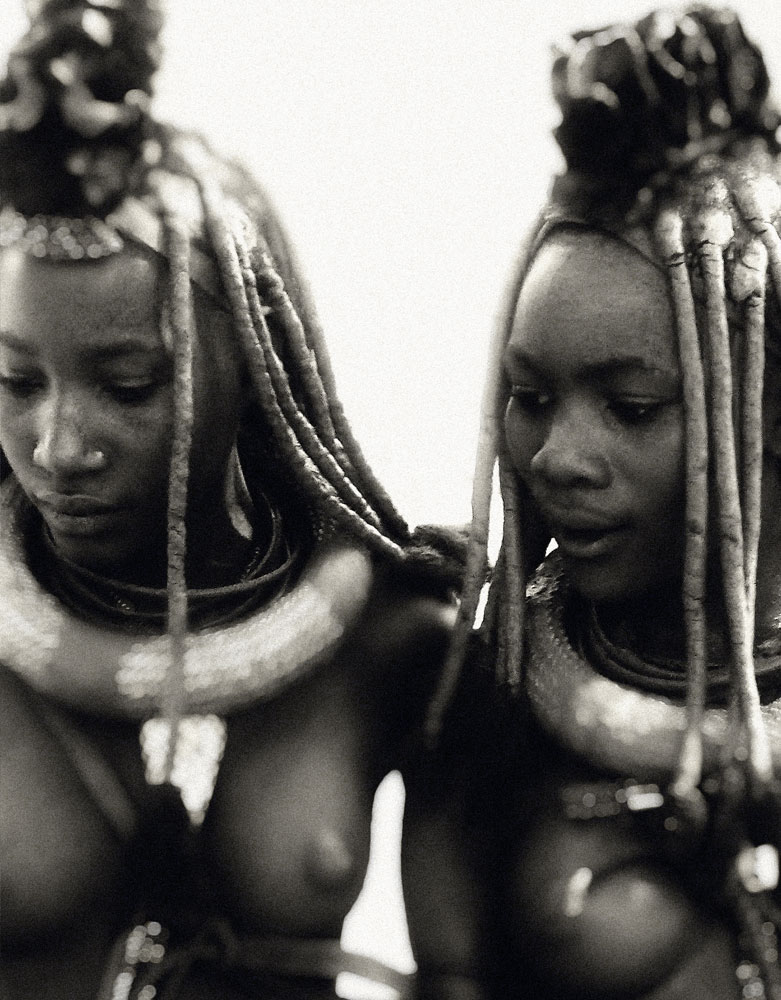
From a tourism advertising commercial to a social critic documentary film
It once started as an idea for a tourism commercial. Inspired by Tarsem Singh's cinematic and visual masterpiece «The Cell», in which Jennifer Lopez dressed in a waving white dress walks through the red dunes of the Deadvlei, Sossusvlei in Namibia, the idea for my project work at the Film Academy Baden Wurttemberg came up. In the beginning, the film should be a highly aesthetic commercial that makes the country even more interesting for tourism. The reason is obvious: in Namibia, scenic minimalism achieves its excellence.
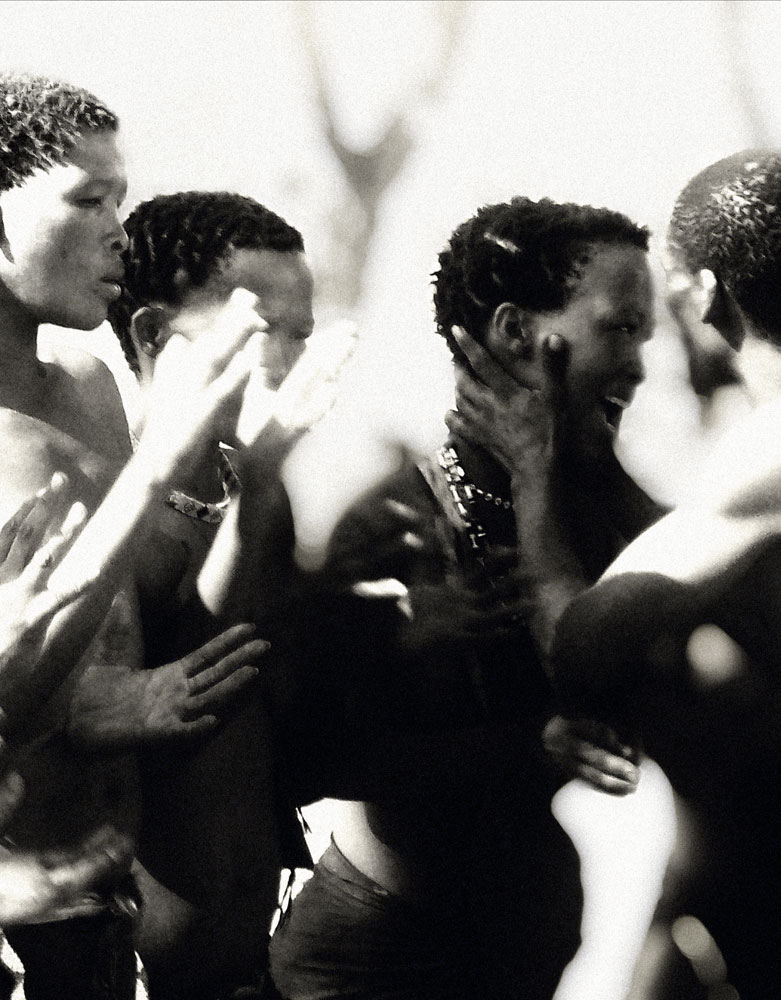
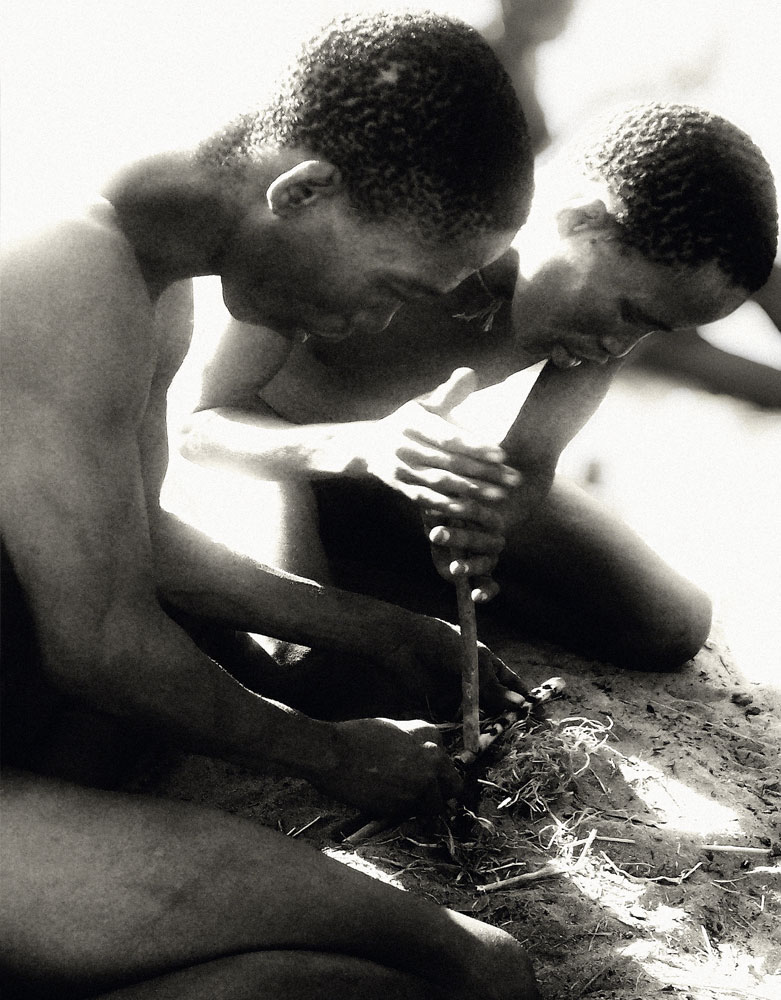
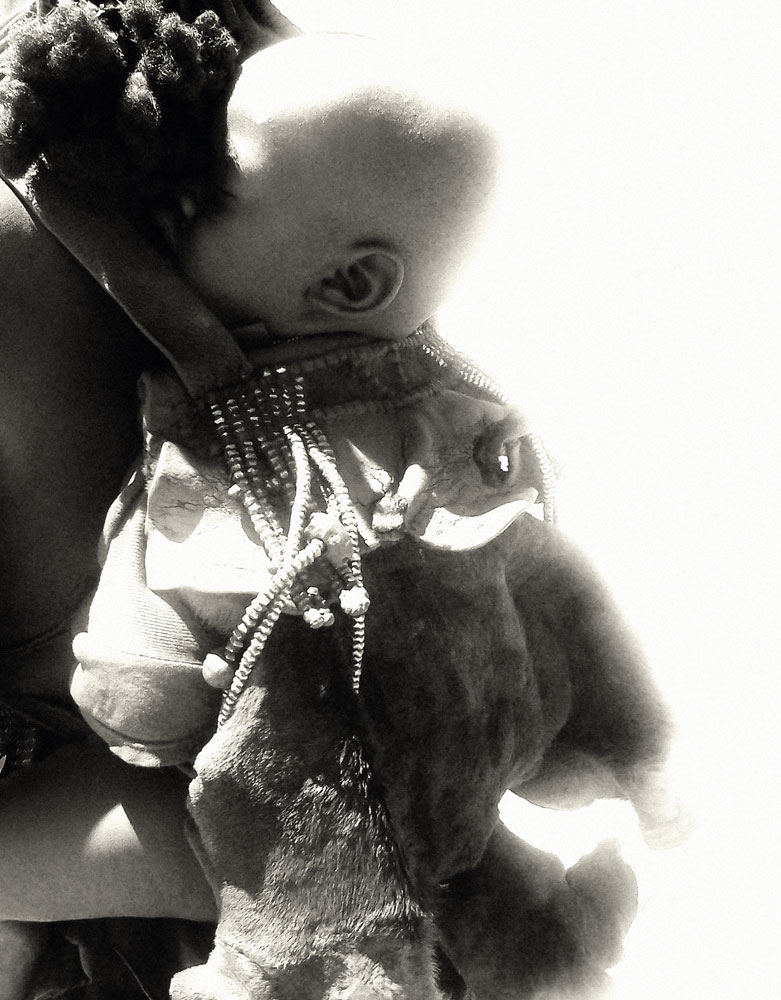
Nowhere else one can explore such a dimension of reduced but stunning aesthetics in the nature
For us Europeans, especially Germans, the country has always been a reason for romantic fantasies. To escape from everyday life and to start something completely new in the midst of this wonderful surrounding. The imagination of fleeing to this unique region of Africa, the former German Southwest Africa, like the colonialists did in the past. Today, we are still pouring into the country to go on safaris, to adventure wilderness or fly over the endless dunes. Namibia is not considered as an enormously dangerous region of Africa. It is not like Egypt, no Rwanda, no Angola ... it is somehow a lighter version of Africa, a gray area in which apartheid seemed a bit far away and Kaiser Wilhelm is still part of street names.
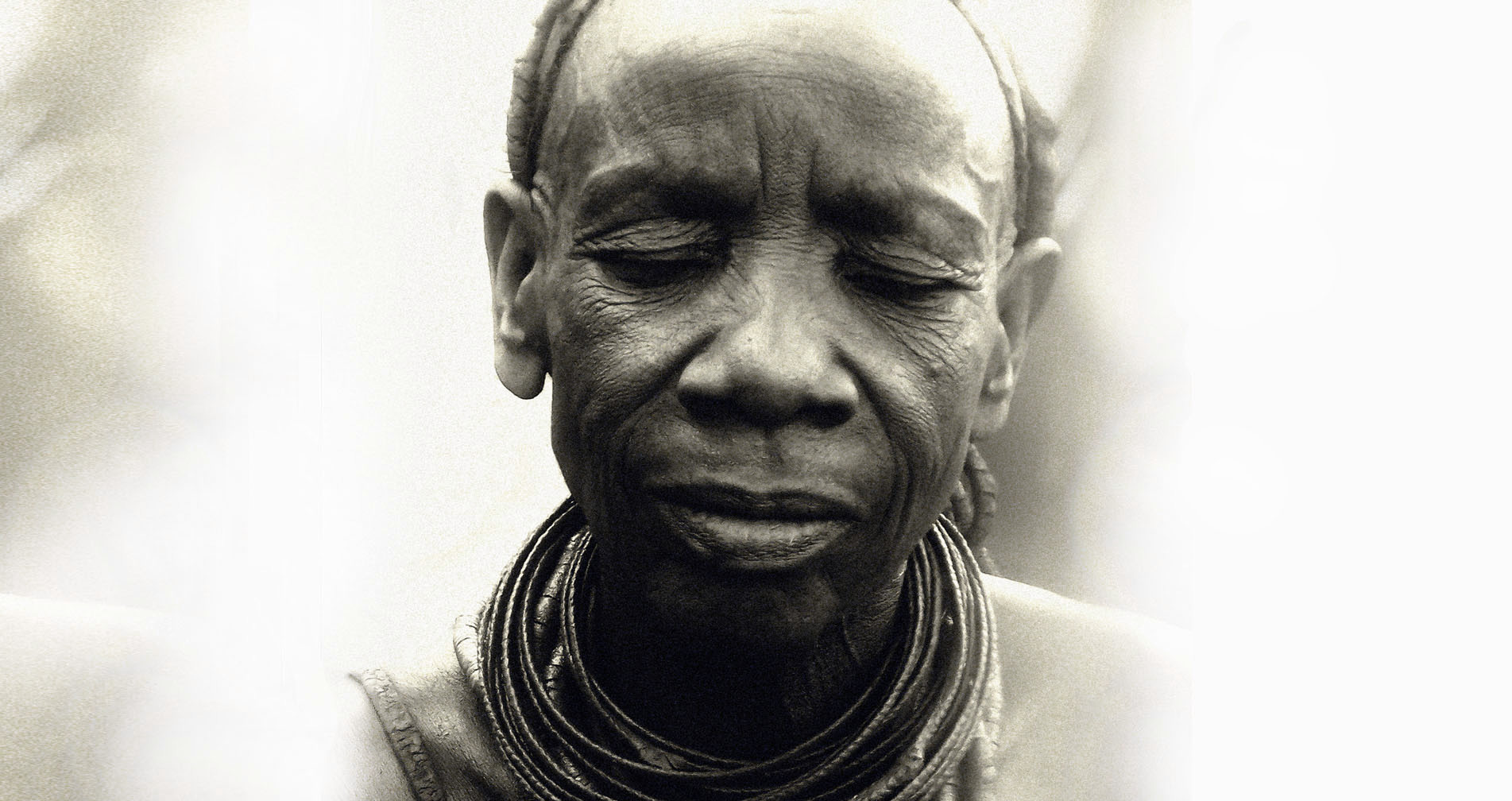
The whole film was not produced digitally, but analogue for the special authentic look.
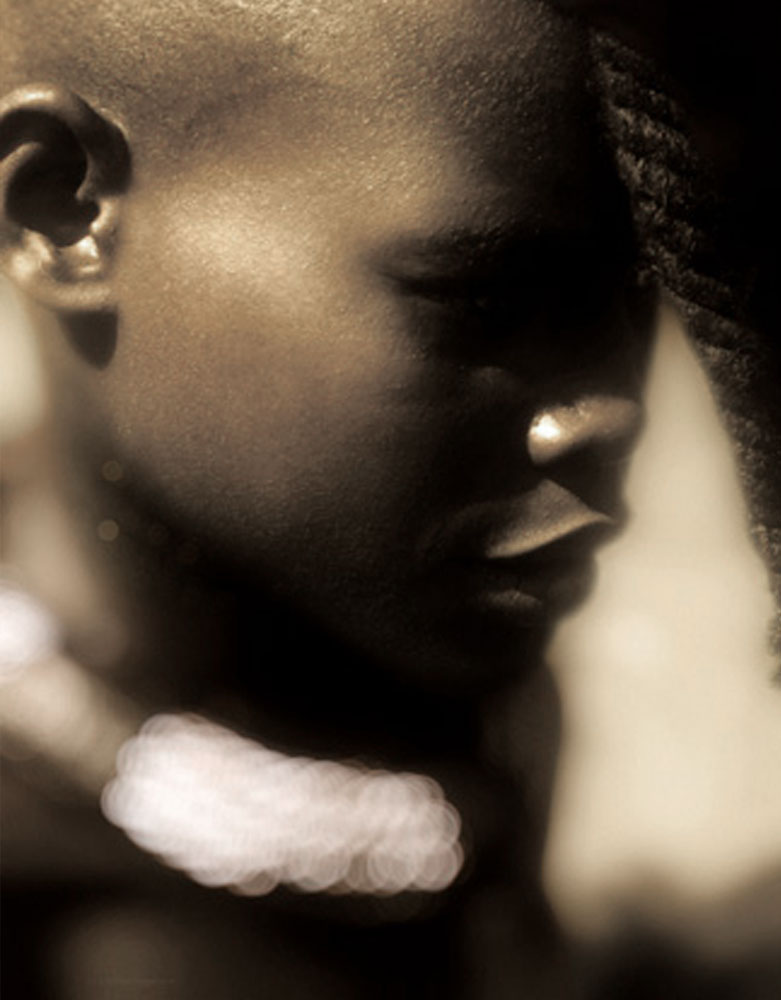
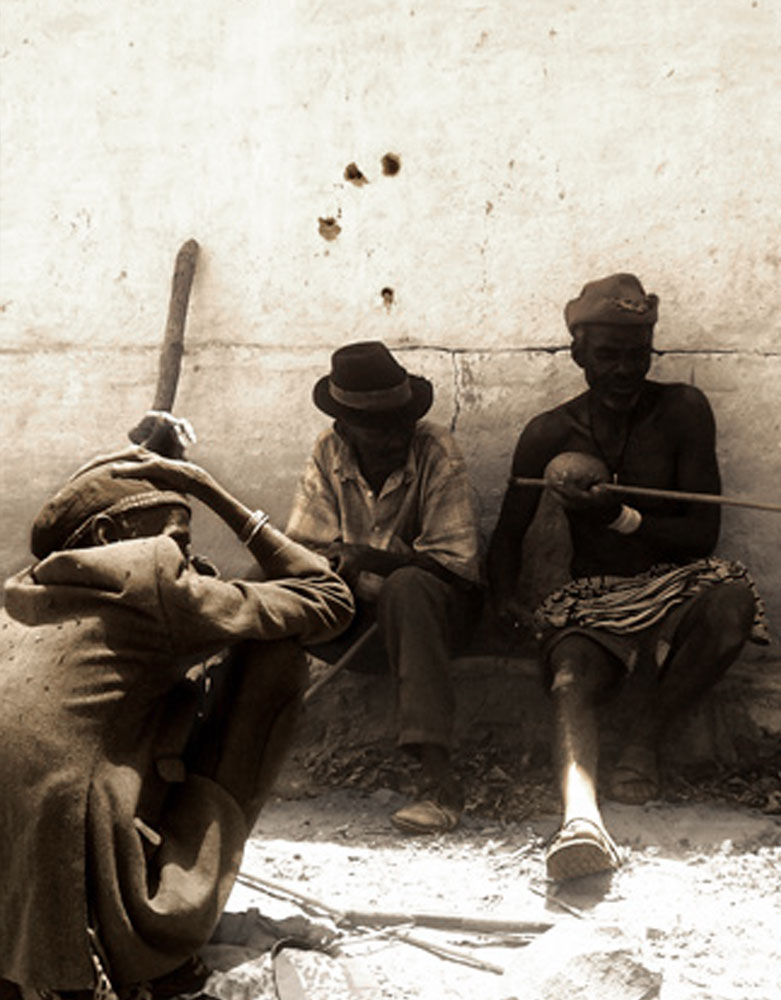
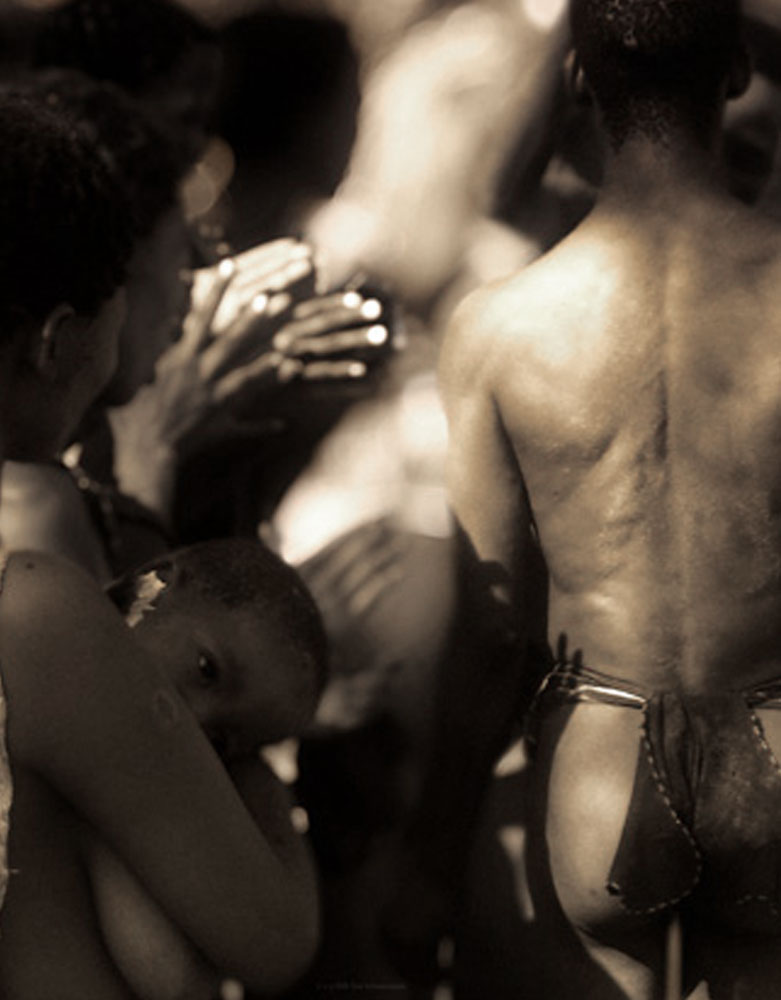
A multi-disciplinary, enthusiastic team for the whole production
Together with a tour guide, the team consisting of a producer, camera operators and director went on a journey through Namibia, South Africa and parts of Angola for many weeks. Through the support of sponsors we were able to capture stunning footage from the air, in macro or by cranes. Exceptional perspectives and timelapse shots formed the basis of this film and were rounded off by interesting native protagonists. The whole film was not produced digitally, but analogue for the special authentic look. Although this meant a very elaborate post-processing, it was important for us to be clearly different from the very clean and extremely sharp HD image quality. That was the best decision while working under the conditions of sand and dust.
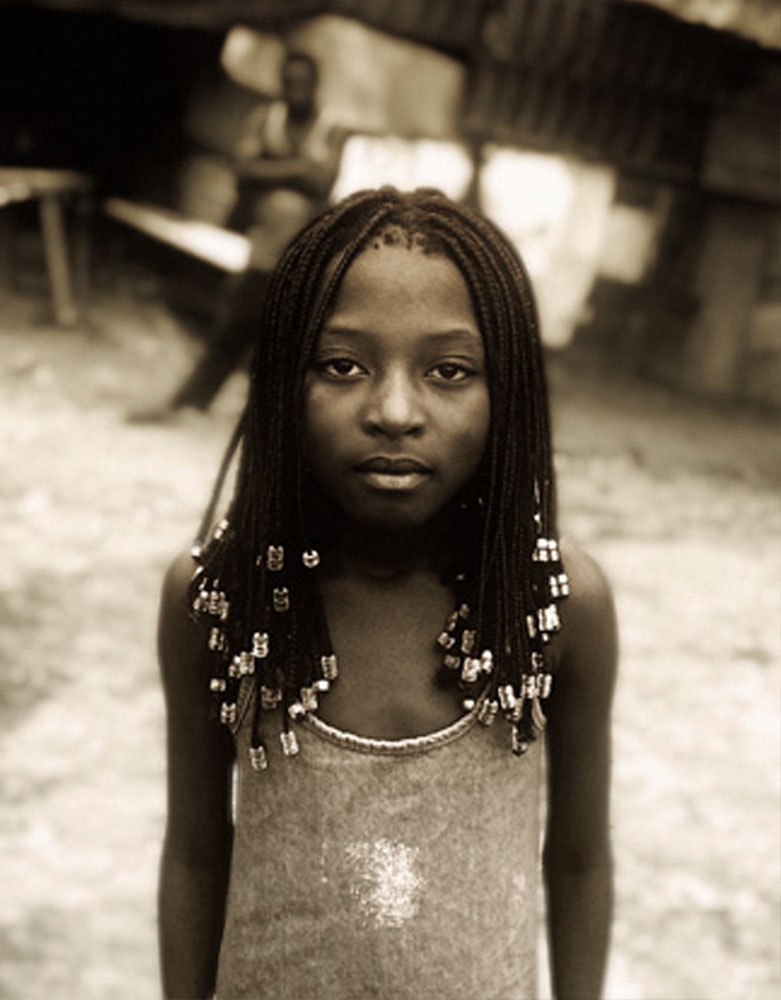
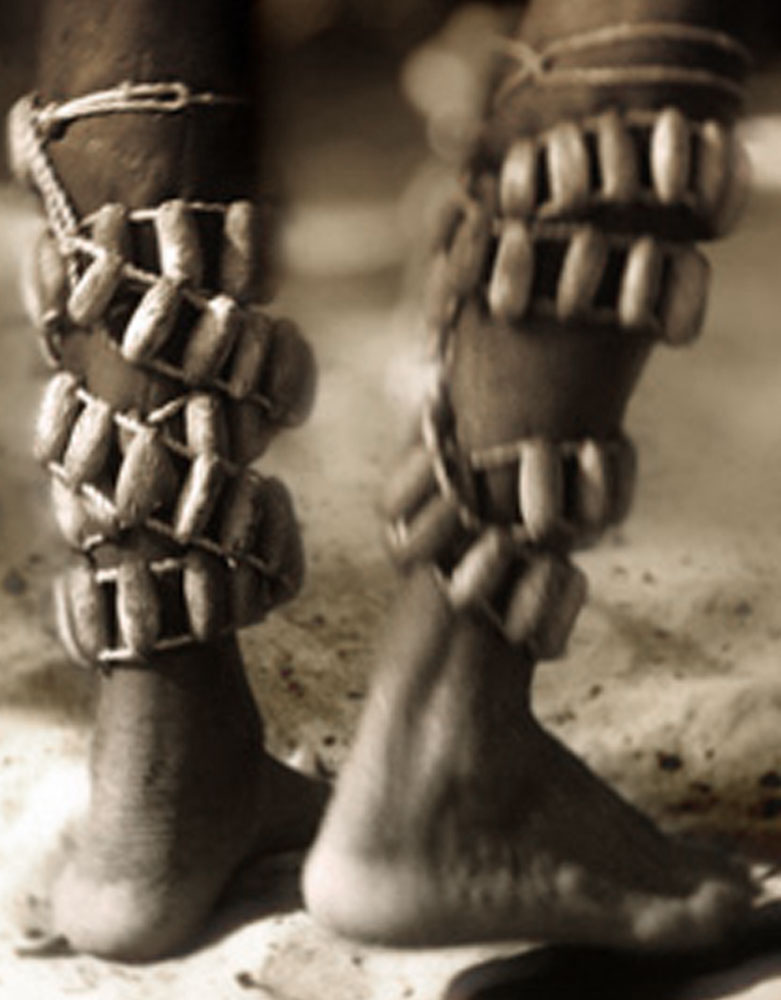
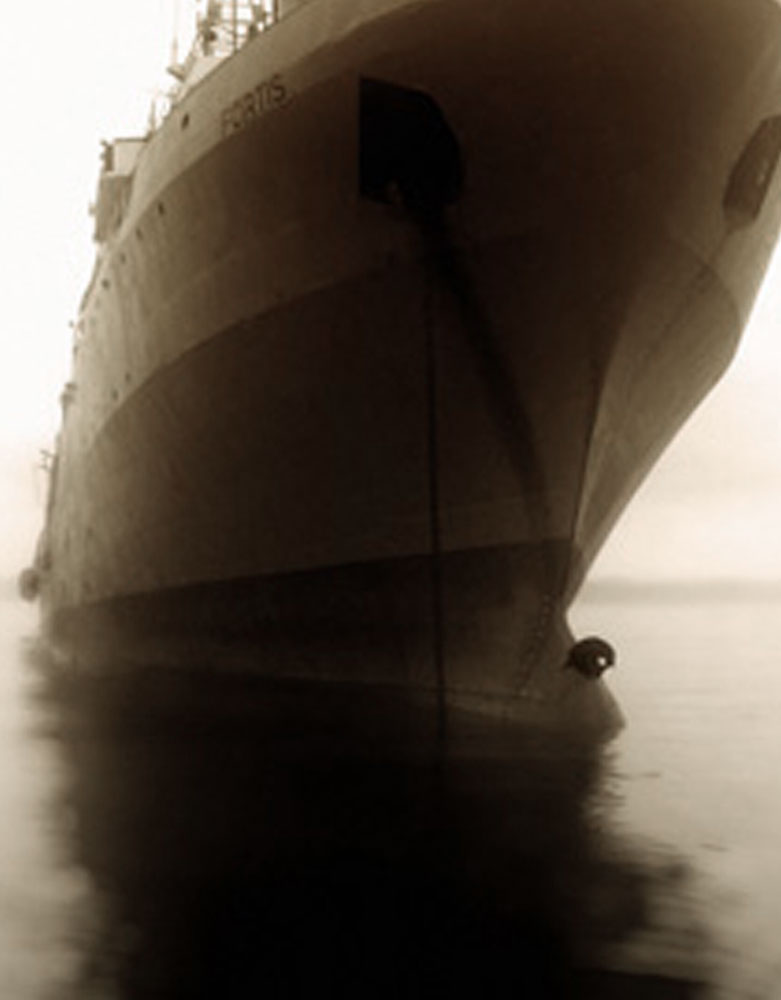
During post production, the cooperation with a multidisciplinary team continued
Timeline Studios in Stuttgart supported us with their knowledge in color correction and visual effects, and with the support of the Film University Potsdam Babelsberg and the Film Orchestra Babelsberg, especially with the support by its chief conductor Bernd Wefelmeyer, a breathtaking soundtrack was created. Steffen Greisiger composed it as part of his thesis while 908 Video supported us in terms of the sound design.

A second edit with a complete different storytelling approach
In post production, it became clear that the initially targeted commercial film could not be the only result of the entire project. Countless reels of film containing hours of material should be the reason for a second edit. And so the idea of a short film as a combination of documentary and music video in the style of Koyaanisqatsi or Baraka came up. The visual message of the pictures themselves was more in the foreground than any narrative plot. As we experienced Namibia ourselves as a country full of contrasts and fascinations, we wanted take the audience with us on this journey and show them everything that would not have been possible in the context of a tourism commercial film. Nevertheless, we got the best impression of Namibia by its authenticity, which is exactly on the threshold between tourism and own identity.
Film Festival & Photography Awards
Not only the film itself has been shown and awarded at various international festivals, exhibitions and events like Long Island Festival in New York, Ischia Film Festival, Festival Cannes and has been presented at various events with support of the German-Namibian Society. Also the photographic essays that served as the basis for the use of the camera were exhibited and honored several times, e.g. International Photography Awards in New York & Los Angeles, Prix de la Photographie in Paris, the German obs / dpa Awards, ...

